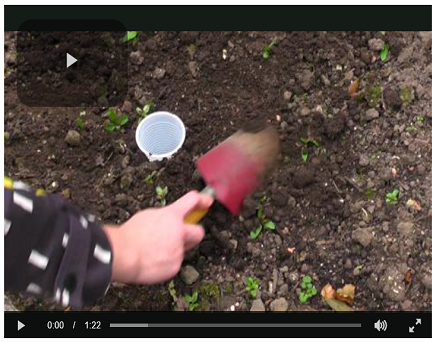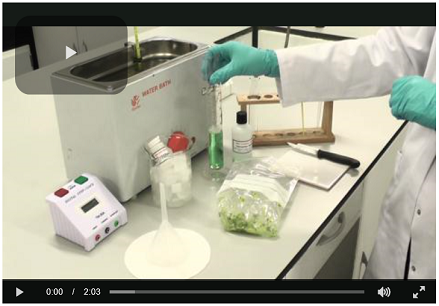You are in: Middle East
Change location
You are here
Explaining Primary Science
Creative tips for trainee teachers
If you're training to teach primary pupils and science feels a bit intimidating — you're not alone. This page is here to help you feel confident, curious, and ready to bring science to life in your classroom. We’ve broken down key topics like DNA, light, and biodiversity into simple explanations and fun activities with accompanying videos you can use straight away.
The resources on this page were adapted from Explaining Primary Science to kick-start your exploration.
DNA: Making it meaningful
DNA is no longer just a topic for secondary school or university — it’s everywhere in the media, and learners are more aware of it than ever. That’s why it’s important to introduce DNA in a way that’s hands-on, relevant, and easy to understand.
From cell biology and reproduction to molecular biology and genetics, DNA connects to real-life issues like inherited diseases and biodiversity. Teaching it in primary school helps children see science as part of their world — not something distant or abstract.
Try this activity: Exploring DNA in your classroom
- Given that DNA has such widespread public awareness, and that it is present in all living things, it is appropriate that learners should see how simply it can be extracted from fruit using household resources -- the following video shows how to extract DNA from a kiwi fruit! Innumerable protocols and ‘recipes’ are available on the internet. This helps to demystify the topic and emphasise DNA’s occurrence and widespread availability.
- DNA modelling can be carried out with a range of resources (e.g. cocktail sticks and confectionery).
- The family tree provides a worthwhile record to show aspects of inherited and non-inherited characteristics from children’s extended family. Check out for the ‘Handy Family Tree’ from the University of Utah. Appropriate sensitivity is essential with children who are looked after by non-biological parents.
Light and how we see things
Light helps us see the world — but how does it actually work?
Our eyes are very sensitive, complex and fragile organs. They ‘collect’ light from our environment, limit the amount or intensity of that light, focus it onto a sensitive section, and then convert it into a series of electrical signals which are sent to our brain.
This pinhole camera activity perfectly illustrates how reflection, absorption, and the human eye come together to create sight.
Try this activity: Making a pinhole camera
Collect the following:
- A small cardboard box (shoeboxes are good).
- A small piece of tinfoil (about 75mm x 75mm).
- A sheet of tracing paper.
- Sellotape, needle, scissors.
Steps:
- At one end, cut out a hole about 10cm x 10cm and cover it with tracing paper.
- At the other end, cut a hole about 5 cm in diameter. It doesn't have to be precise. Cover the hole with tinfoil and use a needle or pin to make a small hole in the centre.
Biodiversity: Collecting minibeasts
Minibeasts are a brilliant way to explore biodiversity. They’re easy to find, fun to observe, and perfect for teaching identification and classification.
Some tips:
- Encourage the widest range of observations – learners should look, smell and feel living material to extend their observations and promote description.
- Ask learners to look closely at shape, size, colour, and movement.
- Use fresh, living material whenever possible – it’s far more engaging than photos or drawings.
- Last, but not least, reassure your pupils that it's okay if they can't name every creature! Celebrate curiosity and use resources to explore together.
Try this activity: Using a pitfall trap

Pitfall traps, scaled-down versions of bear traps, are useful for collecting ground-dwelling minibeasts. Investigate different locations and compare the populations that are associated with different vegetation.

Further advice:
- Cut the hole with a bulb planter.
- Double cups help to remove your catch.
- Ensure the rim is level with the surface.
To deepen your science knowledge and explore more creative teaching ideas, check out Explaining Primary Science, where you’ll find more activities and videos to support you.
For your bookshelf
Explore more books on this topic



